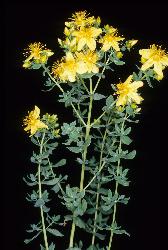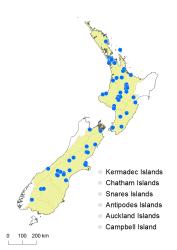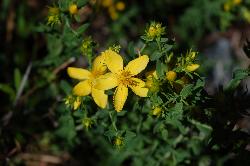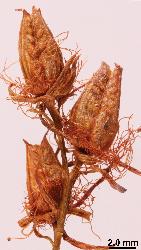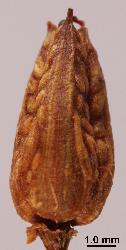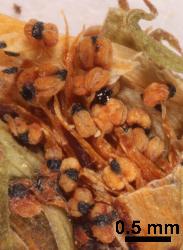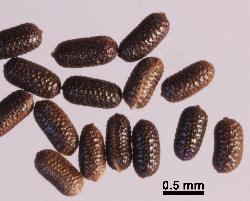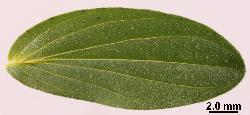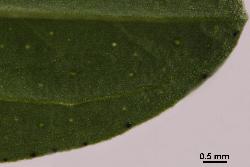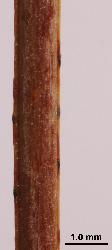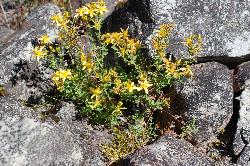- Taxon
- Weed
- Gallery
Herbaceous perennial, woody stock, rhizomatous, up to 1 m high. Stems erect, up to 5.3 mm diam., terete, 2-lined, black glands present on lines, sparse. Leaves 7.0–27.0 mm long, 1.0–9.0 mm wide, elliptic-oblong, lanceolate, linear-lanceolate or oblong-lanceolate, glabrous, reticulate tertiary veins absent; pellucid glands numerous; black glands intramarginal; apex acute, subacute or obtuse; margin entire; base attenuate, cuneate or obtuse; petiole 0.2–0.5 mm long. Inflorescence terminal, panicle of corymbose cymes, flowers 3–16, corolla 8.0–27.0 mm diam. Pedicels 1.2–10.0 mm long. Bracteoles 3.8–5.0 mm long, 0.4–1.0 mm wide, lanceolate or linear-lanceolate, apex acute or acuminate. Sepals 5, 3.0–8.2 mm long, 0.5–1.6 mm wide, more or less equal, not accrescent, narrowly lanceolate; pellucid glands present; black glands sometimes present, scattered; apex acute or acuminate; margin entire. Petals 12.0–14.0 mm long, 5.0–6.5 mm wide, longer than sepals, obovate, golden, black glands scattered on margin and blade, persistent after anthesis. Stamens in 3 bundles, 54–70, 4.0–9.5 mm long, shorter than petals; anthers 0.3–0.6 mm long, anther gland black. Ovary 2.1–4.0 mm long, 1.5–2.8 mm wide, ovoid. Styles 3, 4.6–5.1 mm long, longer than ovary. Fruit capsule, 4.5–8.5 mm long, 2.8–4.0 mm wide, ovoid, brown or light brown, vesicular glands prominent on surface. Seeds 0.8–1.3 mm long, 0.4–0.5 mm wide, oblong, terete, bronze, ribs absent, apices obtuse or rounded.
Distinguished by the stems being terete, 2-lined and the lines with black glands, the leaves with intramarginal black glands, the sepals narrowly lanceolate and usually without black glands, the anthers with a black gland, and the capsule with prominent vesicular glands.
North Island: Northland, Auckland, Taranaki, Volcanic Plateau, Southern North Island.
South Island: Sounds Nelson, Marlborough, Canterbury, Westland, Otago, Southland.
Wasteland, pasture, river beds and banks, roadside, dunes, open scrub, open grassland, gravel pits, railway ballast, glacial moraine and gravels, lake shore, dry sites.
Kirk (1869, p. 98). Voucher: WELT SPO87643, 1867.
Flowering: Dec.–May.



